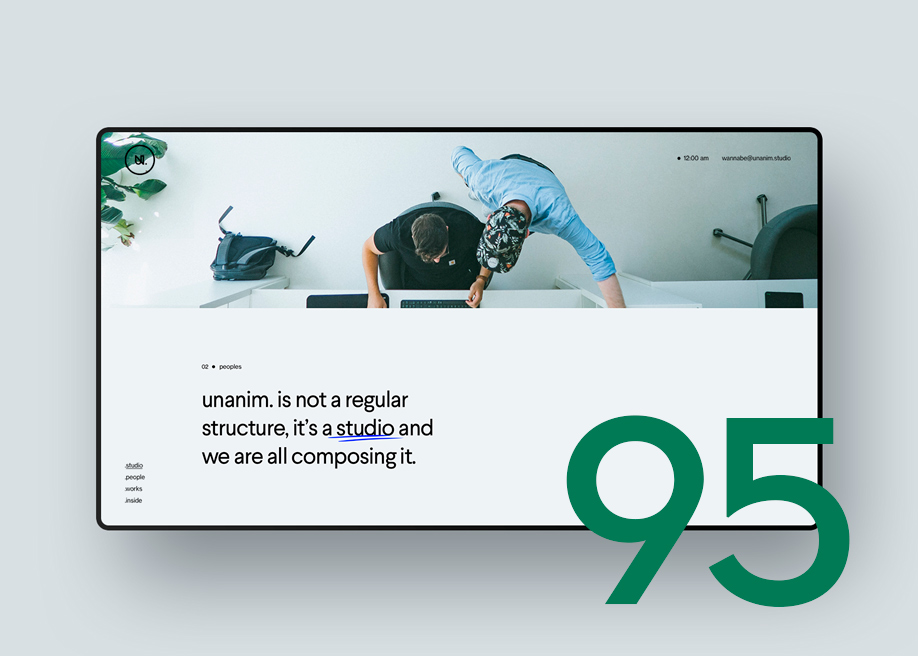Browsing the Digital Landscape With Cutting-Edge Internet Site Design Techniques
In the dynamic realm of digital visibility, the evolution of website layout techniques stands as a critical aspect in forming customer communications and driving on-line success. Welcoming the principles of minimal layout, carrying out user-centric navigating, and boosting user experiences with microinteractions are simply a couple of keystones in this elaborate landscape.
Embracing Minimalist Style
In modern web site design, welcoming minimalist principles has become a fundamental fad amongst digital developers seeking structured user experiences and enhanced aesthetic impact. By removing excess components and concentrating on crucial parts, minimalist style cultivates clearness, simplicity, and sophistication in web user interfaces. This method stresses clean formats, enough white room, crisp typography, and restrained color palettes to create a visually attractive and harmonious surfing experience.
Minimalist design not only enhances the visual charm of sites yet additionally improves capability by focusing on web content and reducing distractions. Users have the ability to browse easily, situate details promptly, and involve even more meaningfully with the website's offerings. Furthermore, minimal websites often tend to fill much faster, perform far better throughout gadgets, and share a feeling of modernity and sophistication.
Applying User-Centric Navigation
Carrying out a structured technique to user-centric navigating is vital in ensuring a instinctive and seamless browsing experience for website site visitors. User-centric navigation focuses on creating a site structure that prioritizes the requirements and preferences of users, ultimately bring about greater engagement and contentment degrees. One reliable technique is the application of clear and succinct food selection options that direct individuals to the desired material successfully. Utilizing user-friendly navigating tags and rational classification helps customers situate info effortlessly, minimizing disappointment and boosting the overall customer experience.
In addition to food selection layout, including interactive components such as dropdown menus, search bars, and breadcrumb tracks can better aid users in browsing the internet site flawlessly. These functions offer visitors with multiple paths to gain access to material, catering to different improving and surfing preferences user complete satisfaction. Regularly evaluating individual actions via tools like heatmaps and click monitoring enables internet site owners to recognize navigation pain points and make enlightened adjustments to improve total usability. By focusing on user-centric navigating in web site layout, organizations can establish a solid electronic existence and foster lasting connections with their on the internet audience.
Enhancing User Experience With Microinteractions

One key advantage of microinteractions is their capacity to give instantaneous responses, verifying customer activities and directing them via the site perfectly. A straightforward computer over here animation that transforms the color of a button when clicked can assure customers that their action was acknowledged. In addition, microinteractions can make the searching experience a lot more interactive and pleasurable, maintaining customers engaged and encouraging them to check out additionally.
Optimizing for Mobile Responsiveness
Accomplishing optimal mobile responsiveness is essential for modern-day web site style to deal with the increasing number of individuals accessing the internet with smart phones. With mobile web traffic bookkeeping for a significant part of internet gos to, ensuring that sites are maximized for mobile phones is no more a high-end but a need. Mobile responsiveness entails developing a seamless individual experience throughout different display dimensions, resolutions, and running systems.
To maximize for mobile responsiveness, internet developers employ techniques such as responsive website design, which permits the layout of an internet site to adapt dynamically based on the gadget being used. This makes sure that the material is shown appropriately and that customers can easily browse the site on their tablet computers or smart devices - Website Designers. In addition, optimizing pictures and other media for mobile phones can assist enhance tons times and general performance
Leveraging AI for Personalized Experiences

AI-powered chatbots are reinventing consumer communications by giving instant actions to questions and leading customers via their on-line trip. These virtual aides can adjust their discussions based on user inputs, offering a more engaging and tailored experience.
Furthermore, AI can track individual behavior patterns to predict future actions, such as anticipating what products a client could be interested in or what material they are most likely to engage with. This anticipating capacity allows web sites to proactively present relevant information, enhancing the overall user experience.
Essentially, leveraging AI for tailored experiences not only boosts customer interaction and satisfaction but likewise drives conversions and client commitment in the competitive digital landscape. Website Designers. By providing and comprehending to specific needs, internet sites can create stronger links with their audience, eventually leading to lasting success
Verdict
Finally, the electronic landscape is continually progressing, and it is vital for internet site developers to stay upgraded with innovative methods to remain affordable. By embracing minimal style, implementing user-centric navigation, enhancing individual experience with microinteractions, maximizing for mobile responsiveness, and leveraging AI for individualized experiences, websites can successfully engage customers and stay ahead of the curve in the digital realm.

Exactly how can microinteractions elevate user experience on sites?Accomplishing ideal mobile responsiveness is vital for modern-day site design to cater to the raising number of users accessing the web via mobile devices.